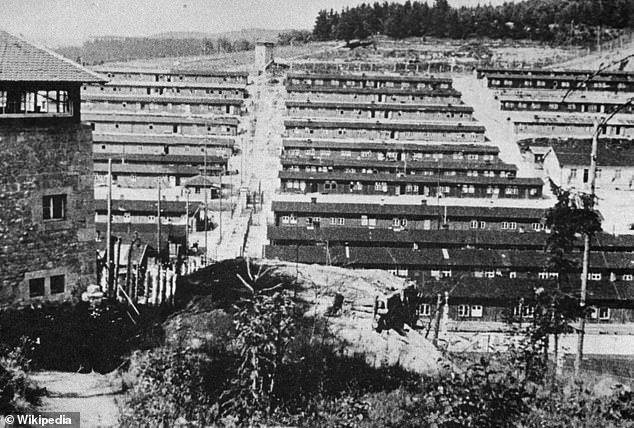The disgusting thieves have stolen Gas chamber devices from two notorious Nazi concentration camps.
Between 1933 and 1945, around 41,500 prisoners were murdered in the Dachau concentration camp, and between 1938 and 1945, around 30,000 prisoners were murdered in nearby Flossenbürg.
On the weekend marking the anniversary of the Stauffenberg attack on Adolf Hitler in 1944, German authorities revealed that a shower head and door latch from a former gas chamber were stolen from Dachau.
This was next to another door latch from a former gas chamber in the former crematorium, known as ‘Baracke X’.
Meanwhile, a washbasin stand and a chimney cap were also stolen from the Flossenbürg concentration camp memorial, along with a plaque in memory of former prisoner Rudolf Nowak.
Flossenbürg concentration camp, pictured, where 30,000 prisoners were murdered between 1938 and 1945
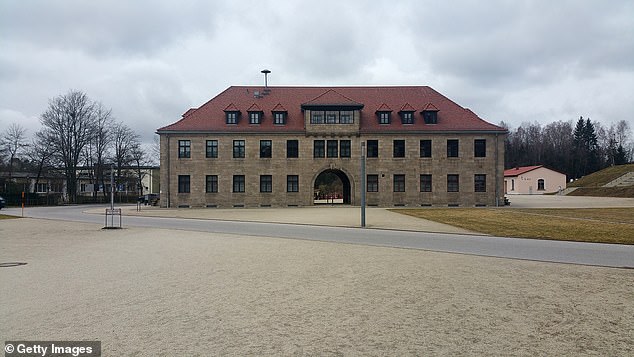
View of the Flossenburg concentration camp memorial today. The picture shows the prisoners’ entrance to the camp.
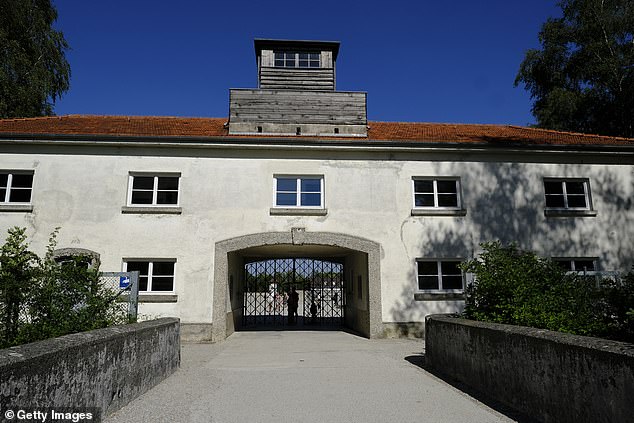
Approximately 41,500 prisoners were murdered at the Dachau concentration camp, pictured, between 1933 and 1945.
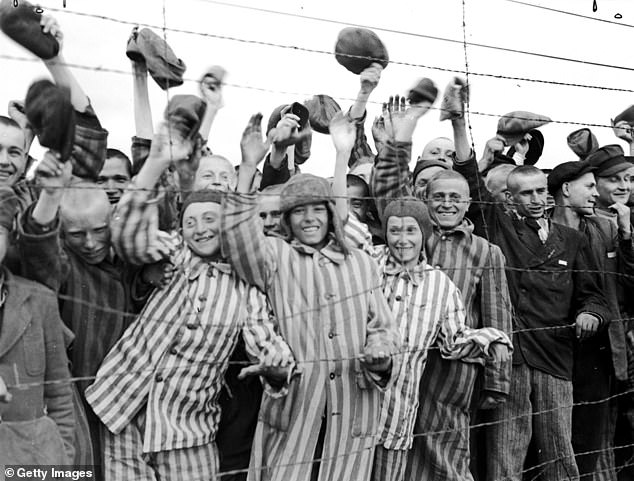
Young prisoners interned at the Dachau concentration camp cheer their liberators, the US Army’s 42nd Division.
“The security concept at both former concentration camps will be reviewed and optimised in line with technical progress,” said a spokesman for the Bavarian Memorial Foundation.
Dachau was the first major, permanent concentration camp established by the Nazis.
Between 1933 and 1945, more than 200,000 people from all over Europe were imprisoned there and 41,500 died.
Flossenbürg was liberated by the US Army on 23 April 1945. Of the approximately 100,000 people imprisoned there or in its subcamps, around 30,000 died in inhumane conditions.
One of the innocent prisoners at Flossenbürg was Forest Squadron Commander Frederick Edward Yeo-Thomas, known by his code name “The White Rabbit”.
This legendary British agent during World War II was born on June 17, 1902 in London and grew up in France, acquiring fluency in French, which later proved invaluable.
Before the war he worked in the fashion industry, but joined the Royal Air Force in 1939.
Recruited by the Special Operations Executive (SOE), Yeo-Thomas was parachuted into France three times to aid the French Resistance in its fight against the Nazis.
Their missions were instrumental in coordinating resistance efforts and organizing the delivery of supplies.
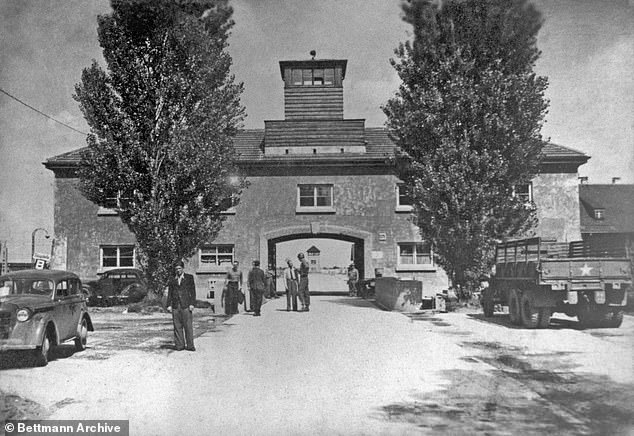
A look at the Dachau concentration camp in southwestern Germany, which held prisoners from 1933 to 1945
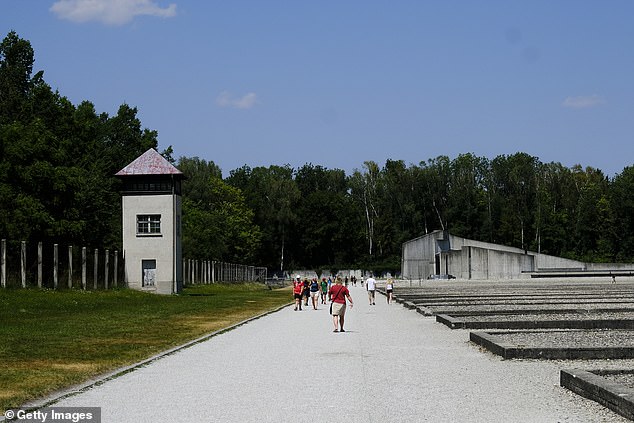
Visitors visit the Dachau concentration camp in Germany on July 25, 2022
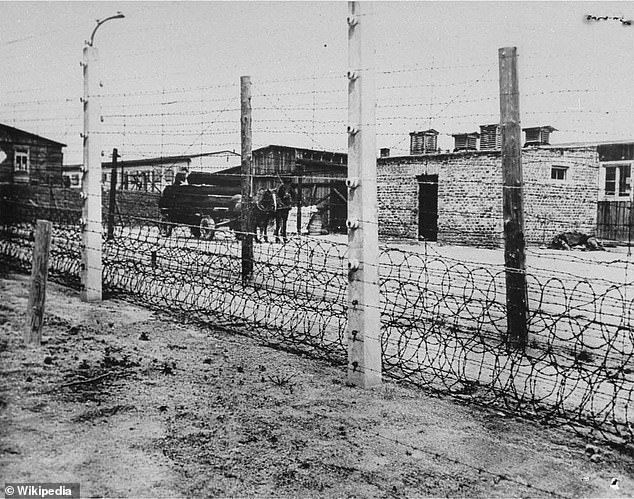
A washbasin stand and a chimney cap were stolen from the Flossenbürg concentration camp, pictured
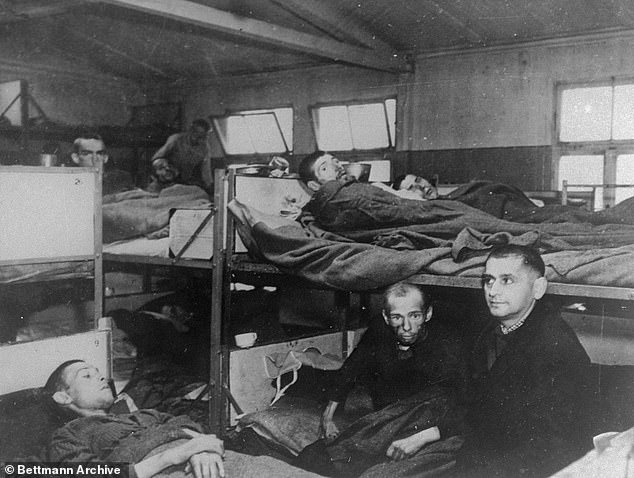
A plaque in memory of former inmate Rudolf Nowak was also stolen from Flossenbürg. Pictured: prisoners in their cells
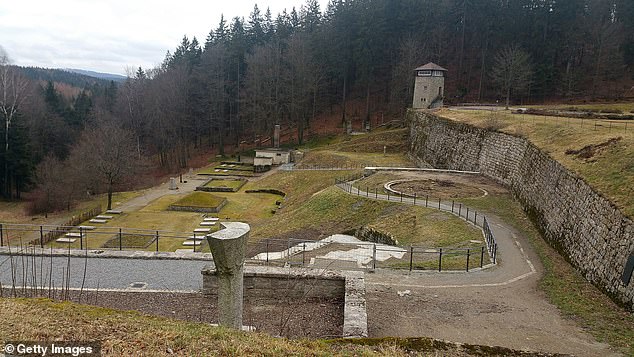
A look at the Flossenbürg concentration camp memorial
But in March 1944, Yeo-Thomas was betrayed and captured by the Gestapo. He endured brutal torture, including beatings, waterboarding and hanging, but never revealed crucial information.
He was subsequently interned in several concentration camps, including Flossenbürg, where he witnessed and survived horrendous conditions.
During a transfer in April 1945, Yeo-Thomas made a daring escape and eventually joined the American forces.
After the war, Yeo-Thomas testified at the Nuremberg trials about Nazi atrocities and continued to serve in intelligence roles.
His bravery earned him the George Cross, the French Legion of Honour and the Croix de Guerre. Yeo-Thomas died on 26 February 1964 in Paris.
His remarkable story of resilience and heroism is immortalized in Bruce Marshall’s biography, ‘The White Rabbit.’


